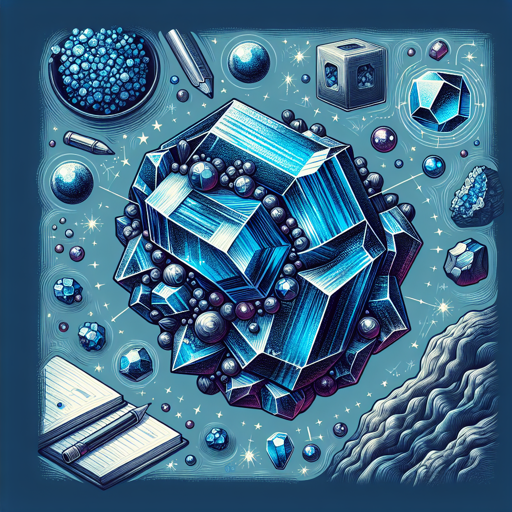The Rarity of Serendibite: A Gemological Wonder
Unveiling the mystery and allure of Serendibite, a gemstone known for its extreme rarity and enchanting beauty.

Introduction
The world of gemstones is a vibrant spectrum of shades, shapes, and sizes. Among the myriad of precious stones, there is one that stands out due to its extraordinary rarity - the Serendibite. Its enchanting deep blue-green hues coupled with its extreme scarcity have made it a gemological wonder. In this article, we will uncover the captivating allure of Serendibite, exploring its origins, characteristics, and why it’s one of the world’s rarest gems.
The Story of Serendibite
Serendibite, named after the old Arabic word for Sri Lanka, ‘Serendib,’ is a borosilicate mineral first discovered in 1902. It was initially found as tiny crystals in metamorphic rocks. The first gem-quality Serendibite was not discovered until nearly a century later, in 2000, in Sri Lanka’s Ratnapura district.
Characteristics of Serendibite
Serendibite’s most distinguishing feature is its deep blue or greenish-blue color, akin to the more well-known sapphire. It is a hard gem, with a rating of 6.5 to 7 on the Mohs hardness scale. This hardness, paired with its exceptional color, makes it highly desirable for jewelry. However, it’s the gem’s rarity that truly sets it apart.
Why is Serendibite So Rare?
The rarity of Serendibite lies in its unique composition and specific formation conditions. It forms under high-pressure, low-temperature conditions within boron-rich, aluminium-laden rocks. These specific conditions, coupled with the scarce distribution of these rocks, contribute to its extreme rarity.
The following table provides a comparison between Serendibite and other blue gemstones:
| Gemstone | Color | Hardness (Mohs Scale) | Rarity |
|---|---|---|---|
| Serendibite | Deep Blue-Green | 6.5 - 7 | Extremely Rare |
| Sapphire | Rich Blue | 9 | Common |
| Aquamarine | Light Blue | 7.5 - 8 | Common |
| Tanzanite | Violet Blue | 6 - 7 | Rare |
As the table illustrates, Serendibite’s combination of deep color, decent hardness, and extreme rarity sets it apart from other blue gemstones.
“Rarity is the only book that never grows old.” - Thomas Fuller
The Serendibite’s story is one that resonates with Fuller’s quote. Its rarity indeed grants it an evergreen charm and allure that captivates gem enthusiasts, geologists, and jewelers alike.
For more in-depth information about the geological formation of Serendibite, you can visit the Gemological Institute of America’s website.
Conclusion
Serendibite’s enthralling beauty, coupled with its extreme rarity, has made it a gemological wonder. The poetry of its existence, a testament to the wonders of geological processes, continues to mesmerize us. As we delve deeper into the world of gemstones, we realize that each gem has a unique story to tell, a story shaped by time, pressure, and the unique circumstances of its formation. And in the case of Serendibite, it’s a tale of an extraordinary gem, born out of the most unusual circumstances, yet shining with unparalleled splendor.